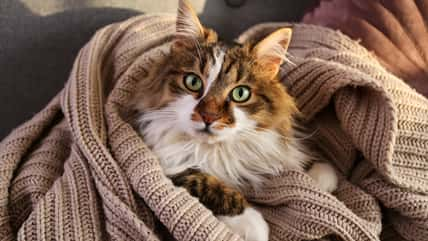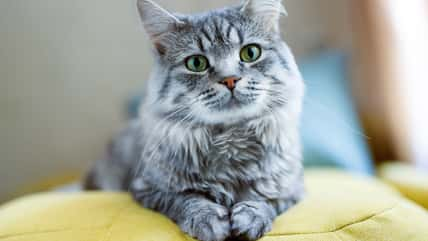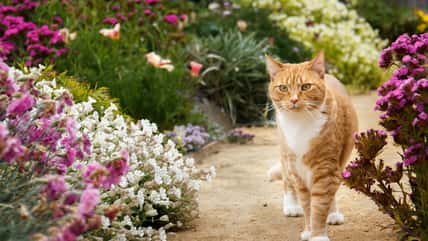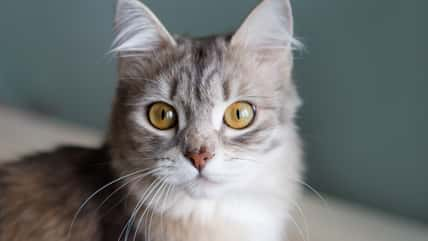This Highly Secretive Parrot Was Once Thought To Be Extinct For Over A Century, But Up To 50 May Now Be Living In Western Australia, According To A New Study

The night parrot, one of the rarest birds in Australia, was thought to have been extinct for over a century. But then, a dead night parrot was found in 1990 in western Queensland. Another dead specimen was discovered 16 years later.
In 2013, a small living population of yellowish-green birds was found in southwestern Queensland. Their numbers were in the tens.
But now, there might be as many as 50 night parrots living in the Ngururrpa Indigenous Protected Area (IPA) in western Australia’s Great Sandy Desert, according to a new study.
The highly secretive parrot is the most endangered bird species in the world. The parrots are also notoriously difficult to detect. They create tunnels and nests in thick spinifex bushes, emerging at night to forage for seeds.
They only fly when panicked or when in search of water. A team of Indigenous rangers and scientists came across physical evidence of the birds and managed to track down the small population.
“We, the Ngururrpa Rangers, have been looking for night parrots since 2019. First, we thought they were only living in one area, in our neighbor’s country, but then we started checking in our area and ended up finding evidence that they are here,” said Clifford Sunfly, a co-author of the study and a Ngururrpa ranger. “We are still looking for them to make sure they are safe, and we are still finding them.”
During their search, the rangers identified feathers and nests with eggs belonging to the night parrots.
A bird even landed in their camp one night. The rangers narrowed down the parrot’s habitat to 31 potential roosting sites.
The team then placed sound recorders in those areas to listen for its calls, which consisted of croaks, whistles, and bell-like noises.

Michael – stock.adobe.com – illustrative purposes only
They analyzed the sound recordings to single out any bird calls that would fit the night parrot’s frequency range.
They were able to identify night parrot calls in 17 of the 31 sites. Since the calls came shortly after sunset and just before sunrise, it was determined that 10 of the areas were roosting sites.
They counted the number of different calls to estimate their distribution and population size. The researchers predicted a total of between 40 to 50 birds.
It could be the largest known population of night parrots in the world since the group in Queensland contains no more than 20 birds.
Next, the researchers employed camera traps in the areas to figure out what threats the critically endangered species face.
Dingoes were the most common predator around, but they preferred to eat feral cats. The cats are likely more of a threat to night parrots than dingoes.
Bushfires caused by lightning also pose a threat to the bird’s habitat. To manage that risk, rangers practice strategic land burning. In addition, human development should be kept to a minimum near remote habitats.
Night parrots were wiped out due to the arrival of colonists and feral predators in the late 19th century.
Immediate steps must be taken to protect the newly discovered population and to ensure that they don’t disappear for good, as scientists thought they did so long ago.
The study was published in the journal Wildlife Research.
Sign up for Chip Chick’s newsletter and get stories like this delivered to your inbox.
More About:Animals





